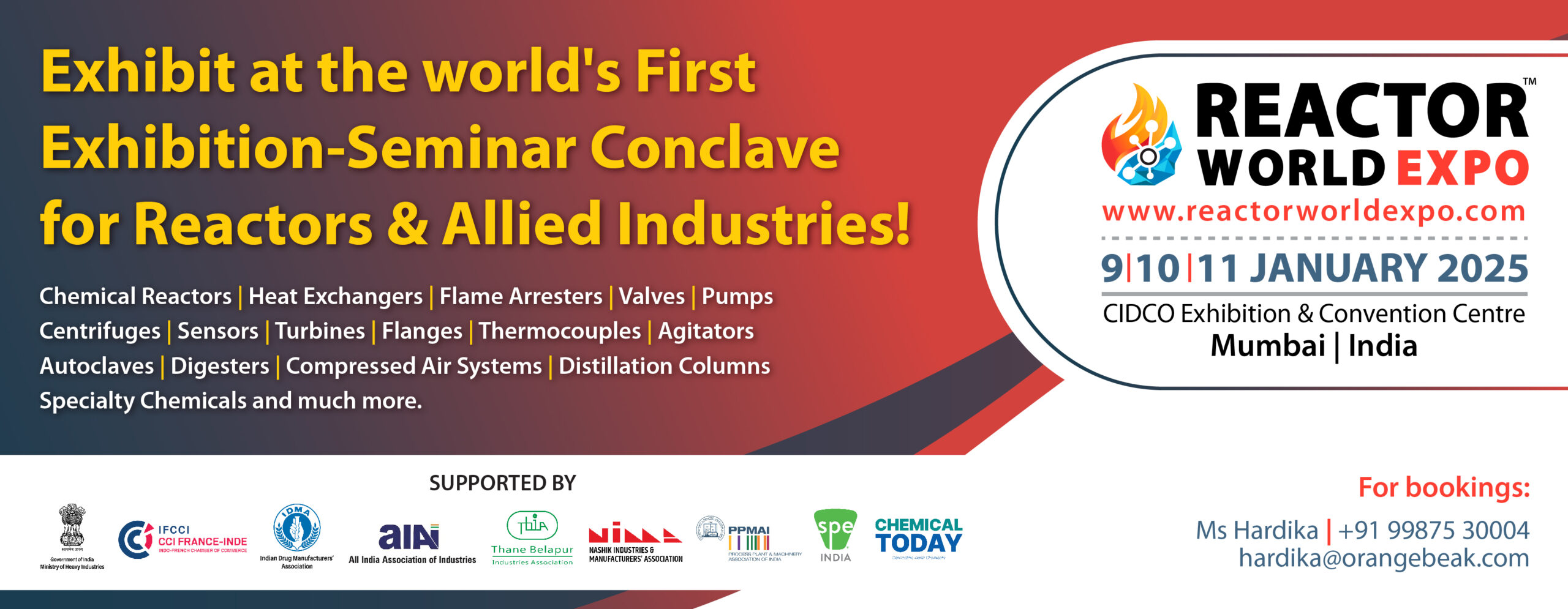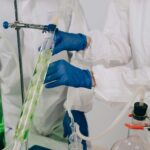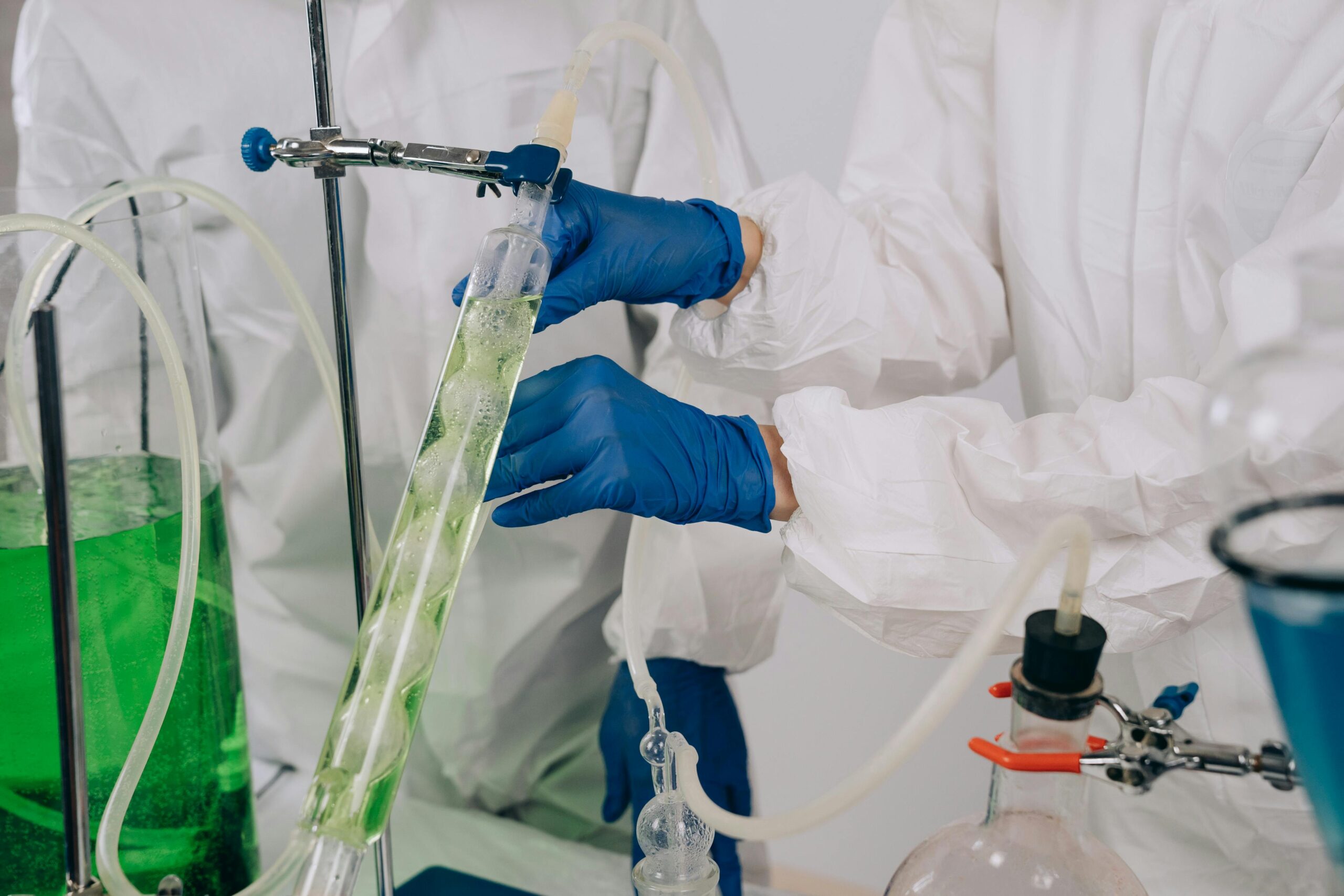Introduction:
In the intricate tapestry of environmental conservation, wastewater treatment emerges as a critical process, playing a pivotal role in preserving water resources and safeguarding the health of ecosystems. As populations grow and industrial activities expand, the generation of wastewater intensifies, necessitating effective treatment methods. This article delves into the multifaceted world of wastewater treatment, exploring the stages and processes involved in transforming contaminated water into a resource that can be safely returned to the environment or repurposed for various beneficial uses.
Preliminary Treatment: Clearing the Path:
- The journey of wastewater treatment begins with preliminary treatment, where large debris such as sticks, leaves, and plastics are efficiently removed. This stage ensures that downstream treatment processes are protected from damage and blockages caused by bulky materials.
Primary Treatment: Settling the Sediments:
- Primary treatment focuses on the physical separation of suspended solids from the water. Through sedimentation and flotation, heavier particles settle, forming sludge. This primary phase sets the foundation for subsequent treatment processes by reducing the load of contaminants in the wastewater.
Secondary Treatment: Harnessing Biological Processes:
- Secondary treatment employs biological processes to further reduce the concentration of organic matter and suspended solids. Methods like activated sludge, trickling filters, and sequencing batch reactors introduce microorganisms that break down complex organic pollutants into simpler, less harmful substances. This stage is crucial for achieving higher water quality standards.
Tertiary Treatment: Aiming for Excellence:
- Tertiary treatment, an advanced stage, aims to polish the water quality to meet specific standards. Various methods, including filtration, chemical treatments like coagulation, and additional biological processes, are employed to ensure the removal of remaining impurities. This phase is instrumental in producing water suitable for various applications.
Disinfection: Eradicating Harmful Microorganisms:
- Disinfection is a vital step to eliminate harmful microorganisms and pathogens in the treated water. Techniques such as chlorination, ultraviolet irradiation, and ozonation are employed to ensure that the water is safe for release or reuse. This step is essential for protecting public health.
Sludge Treatment: Managing the Byproduct:
- The sludge generated during treatment processes undergoes specific treatments. Anaerobic or aerobic digestion is employed to reduce its volume and stabilize its organic content. Treated sludge can then be repurposed as a valuable fertilizer or disposed of responsibly to minimize environmental impact.
Effluent Disposal or Reuse: Closing the Loop:
- The treated water, known as effluent, is ready for its next destination. It can be safely discharged into receiving water bodies, contributing to the health of rivers and oceans. Alternatively, it may be reused for non-potable purposes, including irrigation, industrial processes, or even indirect potable water reuse in advanced systems.
Wastewater treatment is a versatile process that can be implemented at various scales, from small decentralized systems to large centralized treatment plants. The choice of methods depends on factors such as the type and volume of contaminants, local regulations, and the desired level of water quality.
Conclusion:
In the grand narrative of environmental stewardship, wastewater treatment emerges as a protagonist, shaping the sustainable use of water resources and protecting ecosystems. By transforming contaminated water into a resource that can be safely reintroduced into the environment or repurposed for beneficial uses, wastewater treatment safeguards public health, minimizes environmental pollution, and promotes responsible water management practices. As communities and industries continue to grow, the importance of effective wastewater treatment becomes increasingly evident, highlighting the need for ongoing innovation, investment, and commitment to preserving our precious water resources for generations to come.















